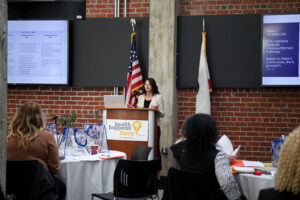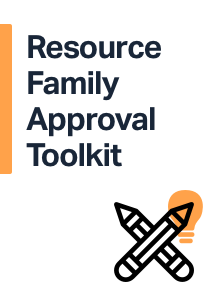A new study was released last month, finding that California’s foster youth fare worse educationally depending on where they are placed, the number of placements they’ve had, and their length of stay in foster care. The Invisible Achievement Gap, Part 2 by the Center for the Future of Teaching and Learning at WestEd and the California Child Welfare Indicators Project with support from the Stuart Foundation, follows the ground-breaking Part 1 study that documented the abysmal educational outcomes of the State’s foster youth. Part 1 compared foster youth’s educational performance to other at-risk student groups, finding that foster youth consistently fared worse than the broader population of students, including English language learners, students with disabilities, and those with low-socioeconomic status. Part 2 examines the relative educational disadvantage of students in foster care and highlights the differences in educational outcomes by key characteristics of foster care placements.
The report found that overall foster youth –regardless of their foster care experience—fared worse educationally than other disadvantaged student subgroups. However, among foster youth, those placed in group homes had the poorest educational outcomes while those in relative foster placements fared the best. The reason behind these differences may very well be due to placement stability—though the report itself did not draw correlations. Foster youth placed with kin were found to have the lowest rates of school mobility with 72% attending just one school during the school year, while youth in group homes had the highest rates of mobility with just 49% attending one school for the entire school year. Youth placed in group homes were also the least likely to participate in state-wide testing, had the lowest rates of proficiency in both English and math, and were the most likely to be enrolled in nontraditional schools. Most startling, the dropout rate for group home youth was twice as high as the dropout rate for youth in kinship care and the graduation rate for youth in group homes was just 25% while 64% of youth placed with kin graduated from high school.
While youth in group homes fared the worst among foster youth, children placed with relatives lag significantly behind the general student population and do worse on most measures than youth in other at-risk subgroups. Compared to other students in California, youth in kinship care have higher rates of school mobility, lower rates of participation in state-wide testing, and lower rates of proficiency in English and math. Likewise, while 84% of the general student population and 79% of students with low socio-economic status graduate from high school, just 64% of youth in kinship foster care graduate.
The report makes clear that educationally, youth in group homes are poorest of the poor. This finding is another reason to keep foster youth out of these least preferred and most costly placements and to offer intensive educational interventions when group home placements cannot be avoided. And, while youth in kinship care do better in school than their group home counterparts, kinship youth have the dubious distinction of being the best of the worst.








